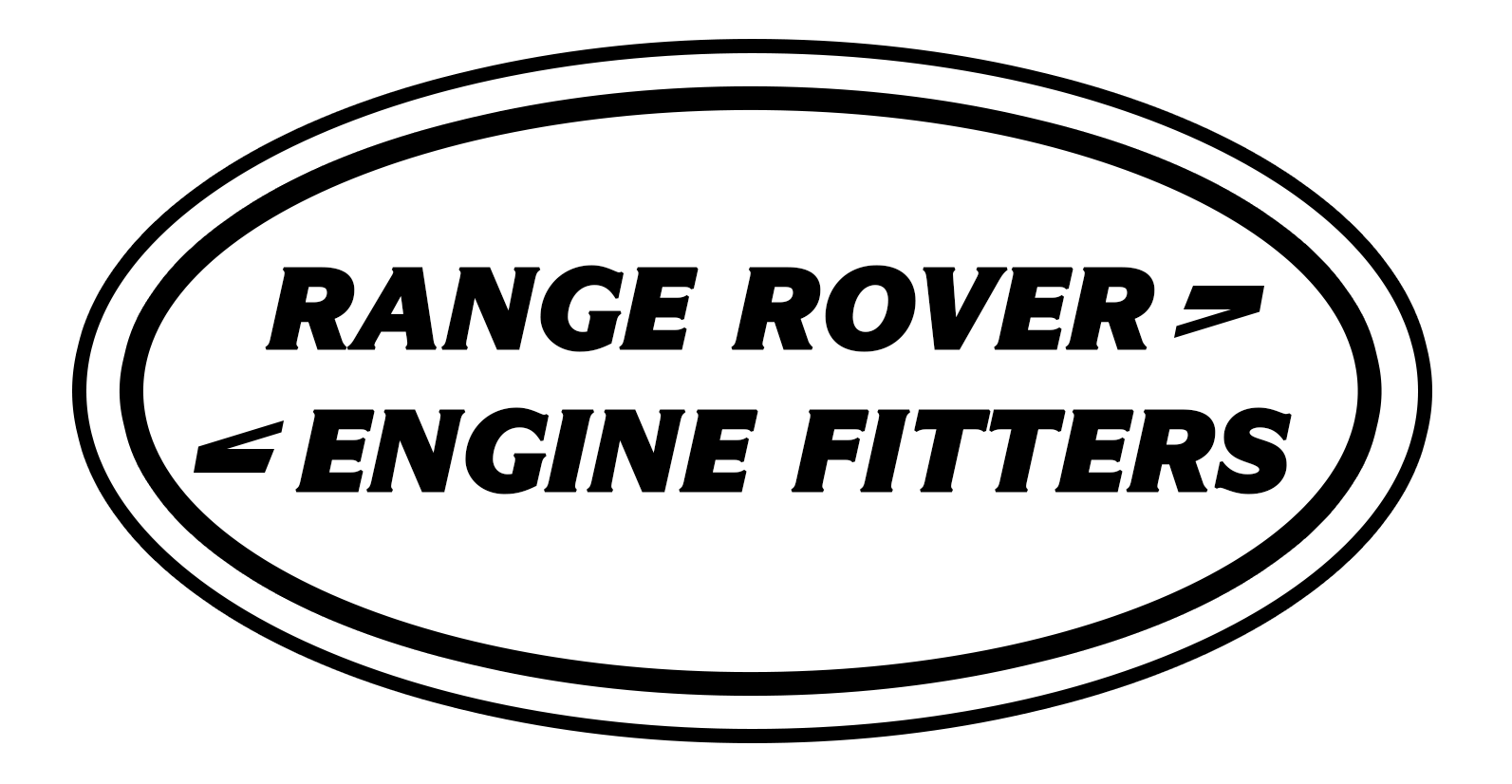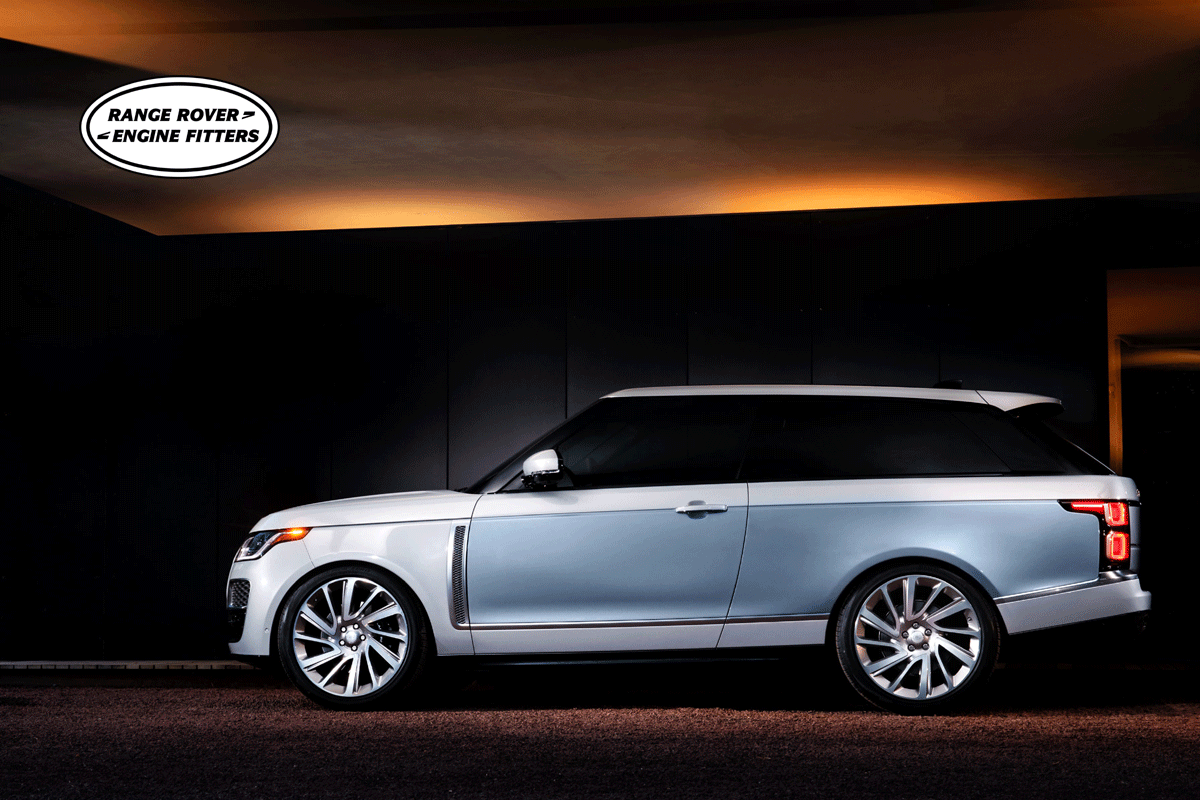The Range Rover 2.0 engine is a high-performance unit, delivering power, efficiency, and versatility. However, like any engine, wear and tear can lead to decreased performance over time. Rather than opting for an entirely new engine, reconditioning is an increasingly popular option. This process revives the engine’s operational abilities while providing a cost-effective solution. Whether you are considering engine replacement or simply wish to enhance the performance of your current engine, understanding the reconditioning process is crucial.
Inspection and Diagnostics: The First Step
The reconditioning process for a Range Rover 2.0 engines begins with a detailed inspection and diagnostics phase. During this step, the engine is removed from the vehicle and thoroughly examined. Technicians utilize advanced diagnostic tools to identify specific issues like leaks, worn-out components, and performance irregularities.
A comprehensive assessment of the engine block, pistons, crankshaft, and other integral parts is conducted. The goal here is to identify which parts require replacement and which can be restored. This phase also includes running tests to detect potential problems related to fuel systems, cooling systems, and electrical connections. Whether the engine is being reconditioned for general maintenance or complete engine replacement, diagnostics are vital to ensuring efficiency.
Cleaning and Stripping Down the Engine
Once the diagnostics are complete, the engine is stripped down to its basic components. Every part, from the cylinder head to the pistons, is disassembled and removed. After disassembly, the parts are subjected to thorough cleaning. High-pressure washing systems and industrial-grade chemicals are often used to clean every component.
Cleaning removes all accumulated grime, carbon deposits, and oil residue that can hinder performance. This step is crucial in ensuring the engine’s reconditioned components work optimally. The thorough cleaning process can be considered as resetting the engine, providing a clean slate before reassembly. At this point, parts that need replacement are set aside, awaiting supply and fit services.
Replacing Worn-Out Components with New Parts
Replacing worn or damaged parts is a core element of the reconditioning service for a Range Rover 2.0 engine. After disassembly and cleaning, components like pistons, piston rings, bearings, gaskets, and timing belts are carefully inspected. If these parts do not meet the required standards, they are replaced with high-quality replacements.
Choosing the right replacement parts ensures that the engine runs smoothly post-reconditioning. Parts that show signs of excessive wear or are beyond repair are immediately replaced. The focus is to achieve optimal performance while preventing future breakdowns. Engine replacement services that include supply and fit ensure the installation of new parts with precision.
Reconditioning the Cylinder Head
The cylinder head is a critical part of the engine that affects its overall performance. During the reconditioning process, the cylinder head is carefully restored to its original specifications. The head is machined, and components like valves, valve seats, and valve springs are inspected and reconditioned as necessary.
Reseating the valves and ensuring the proper compression levels within the cylinder head is essential for efficient engine performance. This reconditioning ensures the engine operates smoothly without experiencing compression loss or other internal combustion issues. The cylinder head’s reconditioning is often paired with engine replacement to provide the best performance possible.
Crankshaft and Camshaft Reconditioning
The crankshaft and camshaft play vital roles in an engine’s function. These components are inspected for wear, stress fractures, or damage caused by heat and stress over time. If necessary, the crankshaft and camshaft are machined and polished to restore their surfaces.
In severe cases, they are replaced with new components that meet the manufacturer’s specifications. Proper reconditioning or replacement of these shafts ensures that the engine’s moving parts function harmoniously, reducing the risk of vibrations or poor timing. This careful attention to the crankshaft and camshaft forms the backbone of a successful reconditioning service for any engine, including the Range Rover 2.0.
Rebuilding and Reassembly of the Engine
After reconditioning the engine’s components, the engine is meticulously rebuilt. Technicians carefully reassemble the engine, ensuring all parts are correctly installed, torqued to factory specifications, and lubricated. This includes installing the cylinder head, crankshaft, camshaft, pistons, and valves back into their respective places.
During this phase, the new and restored parts are fitted with precision, ensuring the engine operates efficiently once back in the vehicle. The assembly process demands a high level of expertise, as even a small misalignment could affect the engine’s performance. The reassembly ensures that all components work together seamlessly, preparing the engine for its return to full operation.
Testing and Tuning: Ensuring Optimal Performance
Once the reassembly is complete, the engine is subjected to rigorous testing. These tests are designed to ensure that the engine performs as expected under various conditions. The engine is run on a test bench to evaluate factors such as fuel efficiency, power output, temperature regulation, and oil pressure.
This phase also includes tuning the engine to meet optimal performance standards. Fine-tuning ensures that the engine runs smoothly with proper air-fuel mixtures, combustion efficiency, and timing. Any issues detected during testing are addressed immediately. These tests are critical to ensuring that the reconditioned engine meets or exceeds the original specifications.
Installation and Final Checks
The final step of the reconditioning service involves reinstalling the engine into the Range Rover. Once the engine is back in the vehicle, further checks are conducted to ensure everything is functioning correctly. Supply and fit services ensure that all components are installed accurately, including connections to the vehicle’s fuel, exhaust, and cooling systems.
Technicians run additional tests once the engine is in place to ensure there are no installation issues. This final phase guarantees that the engine performs to the required standards before it is handed back to the owner. This process ensures reliability, longevity, and optimal performance for the newly reconditioned Range Rover 2.0 engine.

